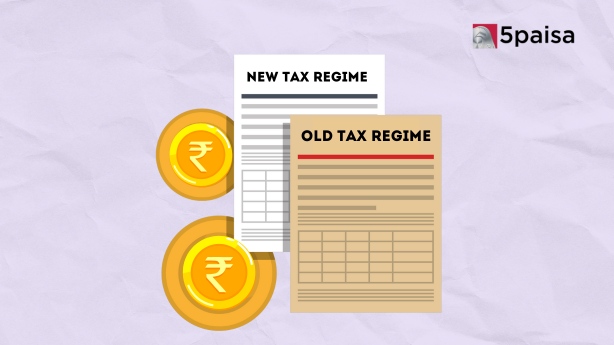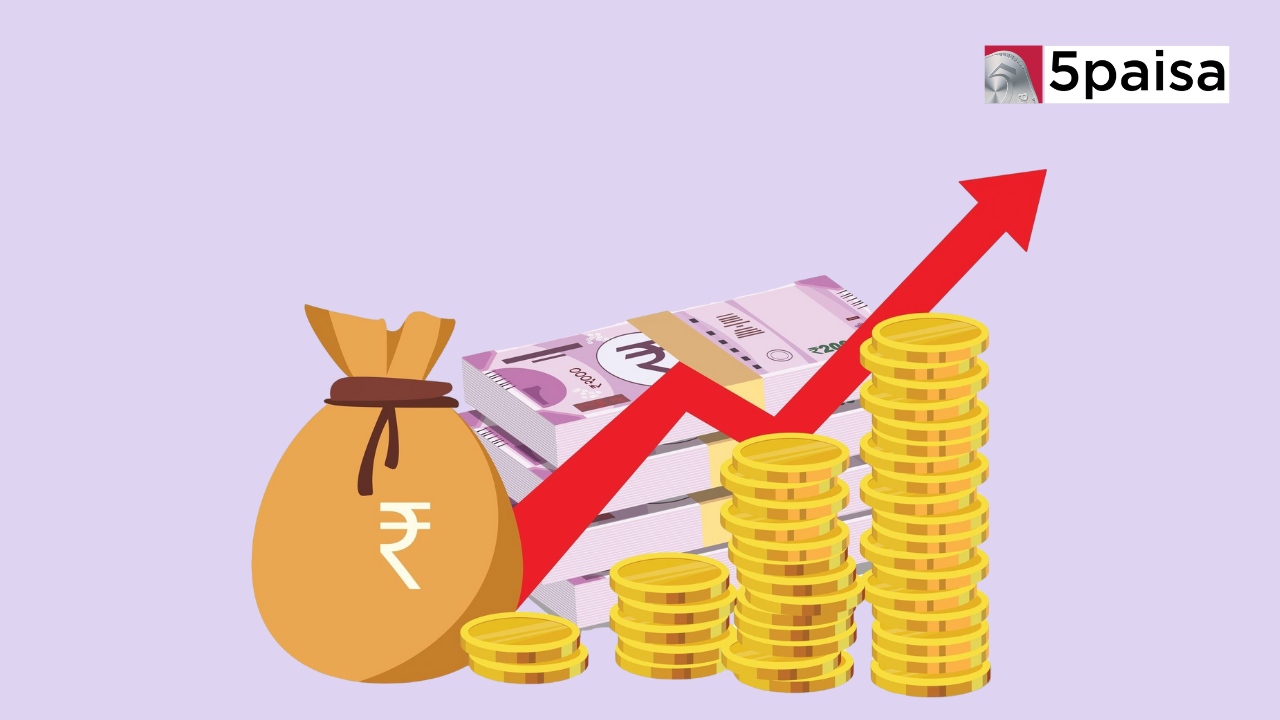3 Technologies Disrupting Finance in 2025: AI, Blockchain & Big Data Revolution
Peer-To-Peer (P2P) Lending

In today's digital age, traditional financial services are being disrupted by innovative solutions that leverage technology to connect people directly. Peer-to-peer (P2P) lending, also known as social lending, is an innovative concept that has gained significant traction in recent years. This lending model offers an alternative way for individuals to access funds without involving traditional banks or financial institutions, allowing lenders to earn potentially higher investment returns.
What is Peer-to-Peer (P2P) Lending?
Peer-to-peer lending is a form of alternative finance that operates through online platforms directly connecting lenders and borrowers. These platforms serve as a virtual marketplace where individuals can borrow money without a traditional financial intermediary like a bank.
This lending method is particularly advantageous for borrowers who may have difficulty securing loans through conventional channels, such as those with poor credit scores or limited credit histories. By leveraging P2P platforms, they can access funding from a pool of individual lenders willing to take on potential risks in return for potentially higher returns.
On the other hand, lenders can benefit from diversifying their investment portfolios and potentially earning higher returns compared to traditional savings accounts or other low-risk investment options. However, it's important to note that P2P lending also carries higher risks for lenders, as they essentially lend directly to individuals without the backing of a financial institution.
How Does Peer-to-Peer Lending Work?
The peer-to-peer lending process is facilitated entirely through online platforms, making it convenient and accessible for borrowers and lenders. Here's a step-by-step overview of how it typically works:
● Registration: Both borrowers and lenders must register on a P2P lending platform by providing basic personal information and, in some cases, paying a registration fee.
● Borrower Application: Borrowers need to give extra information like their credit history, income, and job status. Although P2P lending isn't based only on credit scores, a good credit profile can help get lower interest rates.
● Loan Listing: Once a borrower's application is approved, they can create a loan listing on the platform, specifying the desired loan amount and the potential interest rate they are willing to pay.
● Lender Funding: Lenders can review the loan listings and select which ones they want to fund. Several lenders can fund a single loan, with each contributing part of the total amount.
● Loan Disbursement: The borrower receives the loan amount directly from the P2P platform once the loan is fully funded.
● Repayment: Borrowers make regular repayments through the P2P platform, and these repayments are automatically distributed to the lenders based on their respective shares in the loan.
Peer-to-Peer Lending Benefits
Both borrowers and lenders can benefit from participating in P2P lending platforms. Here are some of the key advantages:
For Borrowers:
Access to Funding: P2P lending offers an alternative for people who may struggle to get loans from traditional banks.
Competitive Interest Rates: P2P lending platforms usually offer more competitive interest rates than traditional lenders, making loans more affordable for borrowers.
Streamlined Process: The online nature of P2P lending platforms simplifies the borrowing process, making it convenient and efficient.
For Lenders:
● Higher Returns: Lenders can earn higher returns than traditional savings accounts or low-risk investments.
● Portfolio Diversification: By diversifying their investment portfolios, lenders can spread their funds across multiple borrowers, potentially reducing risk.
● Accessibility: Online platforms make it easy for lenders to participate in P2P lending from anywhere, at their convenience.
How Are P2P Platforms Controlled?
Since peer-to-peer lending involves financial transactions, the Reserve Bank of India (RBI) regulates it to ensure proper oversight and protect the interests of borrowers and lenders. The RBI has established guidelines and regulations for P2P lending platforms to operate in India.
Key aspects of the RBI's regulations include:
● Licensing: Companies offering P2P lending services must obtain an NBFC-P2P (Non-Banking Financial Company - Peer to Peer) license from the RBI.
● Capital Requirements: P2P platforms must maintain a minimum net fund of ₹2 crores (approximately $250,000 USD) to ensure financial stability.
● Leverage Ratio: P2P lenders are required to maintain a maximum leverage ratio of 2, which means their outstanding loans cannot exceed twice the amount of their capital.
● Compliance: All P2P platforms must comply with RBI guidelines and regulations to ensure transparency and protect participants' interests.
● Business Continuity Plan: If a P2P platform decides to shut down, it must have a pre-determined Business Continuity Plan to ensure the safe transfer of information and servicing of existing loans.
Adhering to these regulations allows P2P lending platforms in India to operate in a controlled and secure manner, reducing the risks associated with this alternative lending model.
Tax Consequences Related to Peer-to-Peer Lending
Like any other investment or lending activity, there are tax implications associated with peer-to-peer lending in India. Here's a breakdown of the tax consequences for lenders:
Interest Income Taxation: Interest earned through P2P lending is considered "Income from Other Sources" under the Indian Income Tax Act. This interest is added to the lender's total income and taxed based on their income tax slab.
Tax Deducted at Source (TDS): Section 194A of the Income Tax Act covers TDS on interest from P2P lending. TDS must be deducted if the borrower is subject to a tax audit and the interest payable to any lender exceeds ₹5,000 in a financial year.
Principal Amount: In case of loan defaults, the principal amount invested cannot be claimed as a capital gain or loss for tax purposes.
Goods and Services Tax (GST): While interest income is exempt from GST, the processing fees charged by P2P lending platforms are subject to GST. Lenders can claim input tax credits on these fees by giving their GST number to the platform.
Conclusion
Peer-to-peer lending has emerged as an innovative alternative to traditional investment options. By leveraging technology and cutting out the middlemen, P2P platforms offer borrowers access to funding and lenders the opportunity to earn potentially higher returns. While the concept is relatively new in India, the RBI's regulatory framework provides oversight and guidance to ensure the safety and security of participants.
As with any investment or lending activity, it's essential for individuals to thoroughly understand the risks and potential rewards associated with P2P lending before making a decision. Conducting due diligence, diversifying investments, and seeking professional advice can help mitigate potential risks and ensure a well-informed approach to this modern financial solution.
Frequently Asked Questions
What Types of Loans Are Available Through P2P Lending Platforms?
How Is Interest Calculated in P2P Lending?
Are There Any Fees Associated with P2P Lending for Borrowers or Investors?
Yes, borrowers and lenders can expect to encounter fees associated with P2P lending platforms. Common fees include origination, processing, and late payment fees for borrowers. For lenders, platform fees, processing fees, and management fees may be charged by the platform. The specific fees and their amounts can vary across different platforms, so reviewing and comparing fee structures is essential before participating in P2P lending.
- Flat ₹20 Brokerage
- Next-gen Trading
- Advance Charting
- Actionable Ideas
Trending on 5paisa
Personal Finance Related Articles
Disclaimer: Investment in securities market are subject to market risks, read all the related documents carefully before investing. For detailed disclaimer please Click here.

 5paisa Research Team
5paisa Research Team
 5paisa Research Team
5paisa Research Team
 Sachin Gupta
Sachin Gupta




